Across the UK, millions continue to struggle as the rampant inflation of the past few years has left essentials costing more than ever before. Household bills, groceries, mortgages and rents have all hit record highs, as the country navigates the ongoing cost of living crisis.
Inflation saw an unwelcome spike to 2.3 per cent in October, marking the steepest rise in two years. Experts had predicted a smaller increase from August’s 1.7 per cent, blaming higher energy bills for the rise.
Many had hoped that the figure would remain below the Bank of England’s 2 per cent target, with living costs greatly outpacing wage growth over the past few years.
In October, Labour unveiled its first Budget in power with Rachel Reeves promising to “support people with the cost of living.” The chancellor confirmed that the national living wage would rise by 6.7 per cent next year, while benefits will be uprated by 1.7 per cent.
However, the latest stories from low-income households still paint a bleak picture of the UK’s economic situation. Recent research from The Joseph Rowntree Foundation 100,000 more children and 300,000 adults are set to be in poverty by October 2029 if further action is not taken by the government.
Meanwhile, thousands of vulnerable pensioners will face their first winter in decades without the £200-300 winter fuel payment as Labour opts to push ahead with their controversial stripping back of the measure.
Against this challenging economic backdrop, here is an overview of the financial support available to households this December and key dates for benefits recipients to look out for:
Benefits going out as usual
Benefits and pension payments will be going out as usual for the most part in December. These are:
- Universal Credit
- State pension
- Pension credit
- Child benefit
- Disability living allowance
- Personal independence payment
- Attendance allowance
- Carer’s allowance
- Employment support allowance
- Income support
- Jobseeker’s allowance
However, there is one bank holiday to be aware of: 25 December, Christmas Day. If your usual payment date falls on Christmas, then you can expect it the working day before (24 December).
For more information on how and when state benefits are paid, visit the government’s website.
A report from Policy in Practice this year shows that nearly £23bn in benefits goes unclaimed a year – they offer a helpful calculator to work out what you might be entitled to.
Have you been having issues with the DWP recently? Get in touch via email: albert.toth@independent.co.uk
Household support fund
In August, Labour confirmed that they will extend the Conservative-created Household Support Fund (HSF) for another six months beyond the September 30 end date. This means it should now continue until the end of March 2025.
The HSF is funding given to all local councils to support vulnerable households in their area. Councils are free to allocate the funds however they feel is best.
For instance, some have provided cash grants, supermarket vouchers, or energy bill assistance. Visit your local council’s website to find out what help may be available.
To find out what support is available, the End Furniture Poverty charity offers a helpful assistance finder tool.
Other help available
Budgeting advance loans
The government offers a ‘budgeting advance loan’ for people on Universal Credit who face an emergency lack of money. The loan has a maximum repayment period of two years.
These loans are interest-free, and automatically deducted from Universal Credit payments. You can borrow an ‘advance’ of up to:
- £348 if you’re single
- £464 if you’re part of a couple
- £812 if you have children
Following the Labour Budget in October, a new cap has been introduced on the amount the DWP can deduct from benefit payments to repay loans and debts, including budgeting advance loans.
From April 2025, deductions from universal credit will be capped at 15 per cent of the standard allowance, down from 25 per cent.
Charitable grants
If you are struggling financially, you may be eligible for certain charitable grants. There are a wide range of grants available depending on your circumstances.
However, these grants will typically require you to meet specific criteria and only be able to offer limited funds.
Charitable grants are available for people who are disabled or ill, carers, bereaved, unemployed, students – and many more. The charity Turn2us has an online tool to search for grants which may be available to you.
Energy provider help
A number of energy suppliers offer help for those struggling with their energy bills. These include Scottish Power, EDF, E.ON and Octopus. It is worth contacting your energy provider to find out if you are eligible.
British Gas also offer a grant of up to £2,000 to customers of any energy provider. You will need to meet specific criteria to be eligible, and can apply on the British Gas Energy Trust website.
Council tax reduction
If you meet certain criteria or are on certain benefits, you may be able to apply for a discount on your council tax discount of up to 100 per cent.
Your local council may still be able to offer you a discretionary reduction if you are able to demonstrate you are facing severe hardship and can’t afford to pay your council tax.
To apply for a council tax reduction, you can contact your local council via the government’s website.
Warm home discount
The warm home discount is a one-off £150 discount on your electricity bill. It will be taken automatically from your energy bills if you are eligible.
To qualify, the bill payer must be on a low income with high energy costs or get the guarantee credit element of pension credit.
Up to 30 hours of free childcare
All working parents in the UK are currently entitled to 30 hours of free childcare for children aged 3 to 4. From April 1, this entitlement expanded to include 15 hours of free childcare for 2-year-olds.
From 1 September, this was expanded again to include all children from the age of nine months.
You must apply online and reconfirm your eligibility every three months, in time for each school term. Working parents can also apply for tax-free childcare, giving back 20p for every 80p you put towards childcare, up to a maximum of £500 a year.
The final expansion to free childcare, coming in September 2025, will see all children under five eligible for 30 hours.
Will benefit rates be going up soon?
Following the chancellor’s Budget announcement, it was confirmed that all benefits will be uprated by 1.7 per cent, matching the September CPI figure.
While this is not unusual, campaigners had called for Labour to consider a slightly higher increase. Inflation had been higher in previous months, beginning at 4 per cent in January. It is also expected to rise and remain above 2 per cent again from October.
The increase will apply to all working-age benefits, including universal credit, PIP, DLA, attendance allowance, carer’s allowance, ESA and more.
The increase will take effect from 7 April 2025.
Energy Price Cap: Will it go up or down again in 2024?
Ofgem’s energy price cap has risen from £1,568 to £1,717 for October to December – an increase of 10 per cent. This will mean higher bills for most households as we head into the colder months.
The energy price cap is the maximum amount energy suppliers can charge you for each unit of energy if you’re on a standard variable tariff. That includes most households. It is expressed as an annual bill for an average home.
The change in prices is reflective of the cost of wholesale energy – the amount energy firms pay for their electricity and gas before supplying it to households.

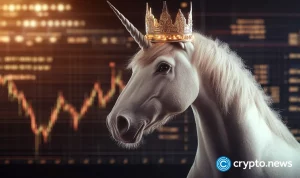








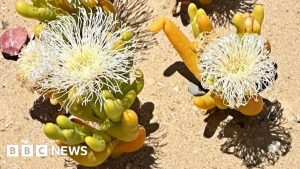

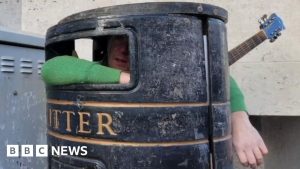



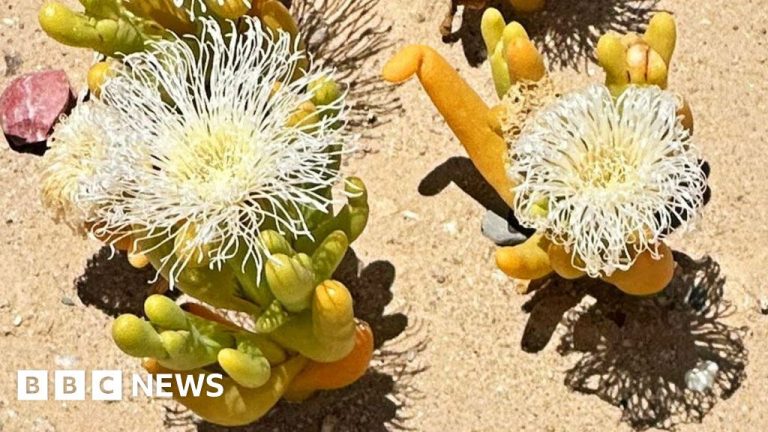


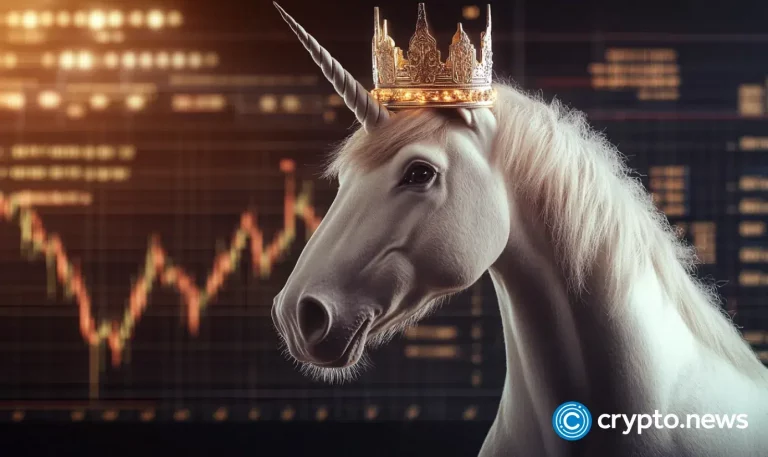


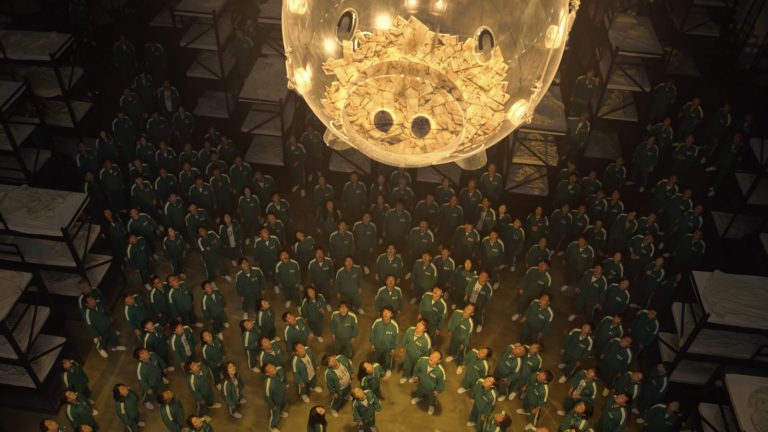



+ There are no comments
Add yours